Dental implants
The issue of compensation for the place of dental loss is a very important issue, not in terms of oral health, but in terms of public health.
Because when there is a shortage of masticatory function through dental loss, this leads to incomplete masticatory activity, which in its turn achieves underactive digestion .. This would lead to significant digestive problems through a lack of effective mastication achieved by the teeth within the oral fossa, and on that A solution must be made to replace the loss area.
In order to compensate for this loss, it is possible to talk about fixed or motor compensation, and fixed compensation can be through implantation of missing teeth or compensation for lost teeth through the installation of fixed bridges without regard to dental implants. Dental implantation is the best and academic solution to compensate for the area of dental loss …
Because dental implants in turn prevent the patient from touching or preparing neighboring teeth.
Fixed installations (fixed compensation):
As for the fixed installations away from the dental implant, it is a therapeutic procedure to compensate for the loss of a tooth or more.
But for fixed installations other purposes, they are used as another alternative in cases where it is difficult to fill the teeth or core exposures (nerve exposure) can also be used to beautify the shape of the tooth, especially the front teeth that suffer from external pigmentation, or internal or windows of incision or dental displacement is used fixed installations To replace one or more teeth by restoring the adjacent teeth … to load the missing teeth on them.
But the disadvantages of this method lie by restoring the teeth, reducing their size, and removing the calcium-rich enamel layer that is responsible for protecting the tooth from decay and thermal effects.
Removable installations: it is now used rarely and as a temporary solution that can be used with the elderly in complete sets and supported by dental implants
Dental implants:
Dental implants are the third and newest alternative in terms of the academic academy, by not subjecting to the adjacent teeth, which is the most successful method because they do not affect in any way the teeth and the surrounding tissues .. As dental implants replace the roots of the missing teeth through supports made of titanium Which in turn has no side effects on the maxillary bone or on the body in general …
Conditions that must be met for a patient to be eligible for dental implants:
That the patient is free from some diseases, especially uncontrolled primary or secondary diabetes, or patients with advanced osteoporosis
The presence of a sufficient and appropriate amount of the maxillary bone within which the implant should be placed, or the so-called appropriate and sufficient bone bed, to ensure the initial stability of the implant.
In special cases of bone absorption, the missing bone must first be replaced and then the implant completed
How is the cultivation done?
When the patient makes the final and complete decision to perform dental implants and the use of implants to compensate for a lost area ..
Or to complete the functional and cosmetic condition of the patient and choose the appropriate doctor, who in turn performs the necessary radiological examinations (a panoramic jaw image – a three-dimensional cross-sectional image CBCT) in order to evaluate the implanted bone and also the need to perform the necessary blood tests and know the correct calcium level in the blood ..
Also, the doctor will resort to examining the neighboring teeth and oral health in general, as a correct and clean oral environment is required to receive the implant.
And also alert the doctor to the patient to the appropriate instructions to maintain oral hygiene and oral health after the transplant that would be necessary for the success of the transplant.
Steps for implant:
The first stage: preparing the right place and preparing it to place the appropriate dental implants
The second stage: It begins after the completion of the transplant, where the organism or the human body acclimates to transplantation. This process takes six months for the upper jaw and three months for the lower jaw.
The third stage: It is the stage where the dental implants for the final installations are loaded over the dental implants and it includes a number of sessions to make the final installation in the required aesthetic and functional form.
In general, the transplant is performed without pain, according to modern methods and modern and special devices for the transplant
And also in terms of academic sterility used and necessary for the success of the transplant, where the success rate of transplants reaches 95%.
The average age for implanted teeth is 25 years.
It can last longevity, but keep in mind the patient’s interest in oral health and the excellent care of it.
implant success:
The bone healing between the implant and the jaw bone depends on the extent of complete and absolute sterility of the wound and the workspace in general … and also the sterility of the surgical tools used and also depends on the surgical technique, and this means complete professionalism by the surgeon.
Also, it depends very heavily on the quality of the implant used by itself in terms of the proportion of titanium material included in the construction of the implant and on the shape of the implant surface.
Risks and complications of the transplant:
There are no risks or complications resulting from the transplant process. My understanding is completely safe with the possibility of a slight and transient edema, which is a very normal condition after the transplant with the possibility of a slight pain that can be controlled through some analgesics.








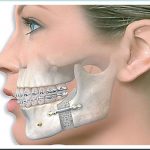


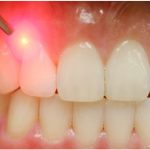

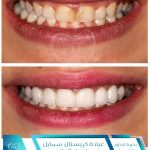


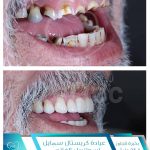
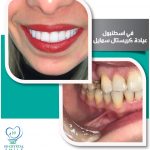
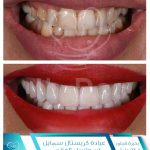
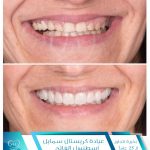


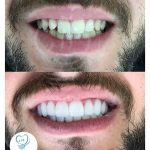
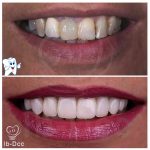

1 comment
Join the conversation2sunless - February 17, 2022
2synopsis
Comments are closed.